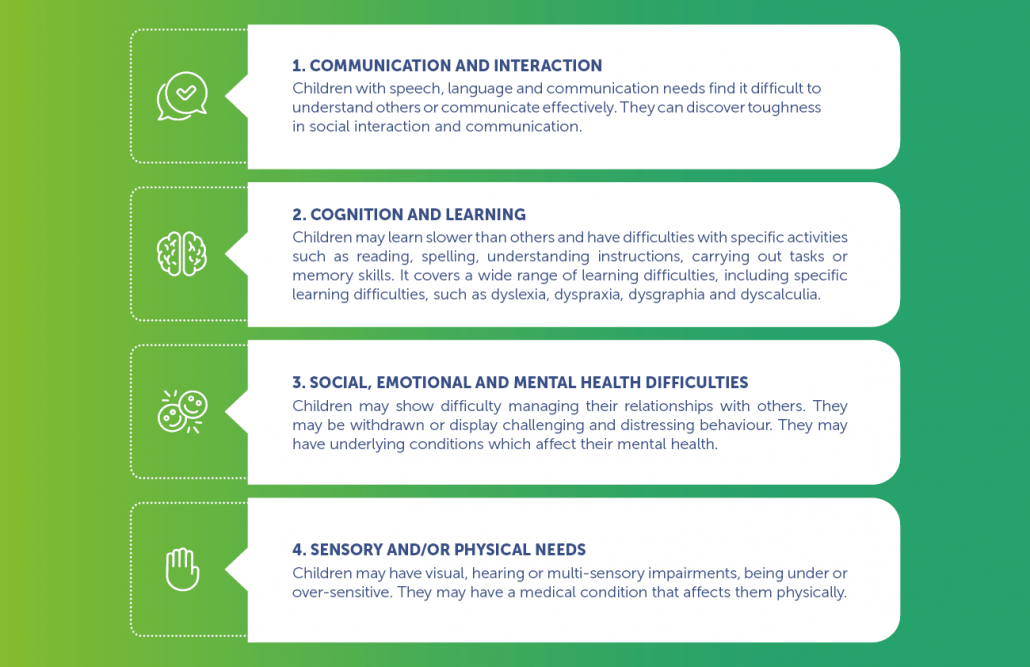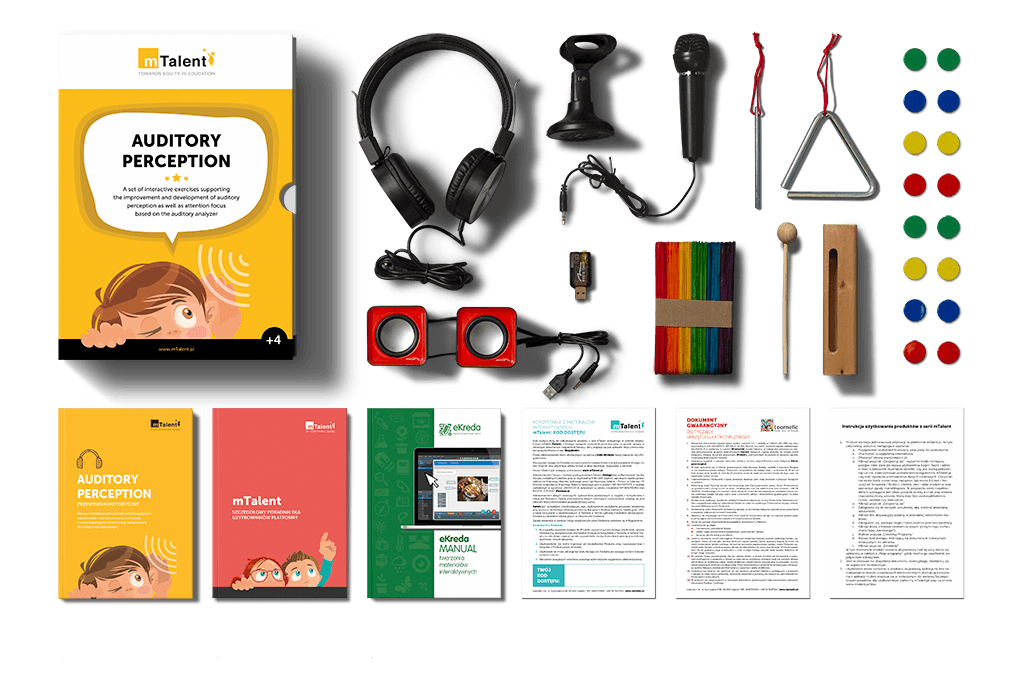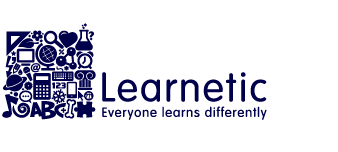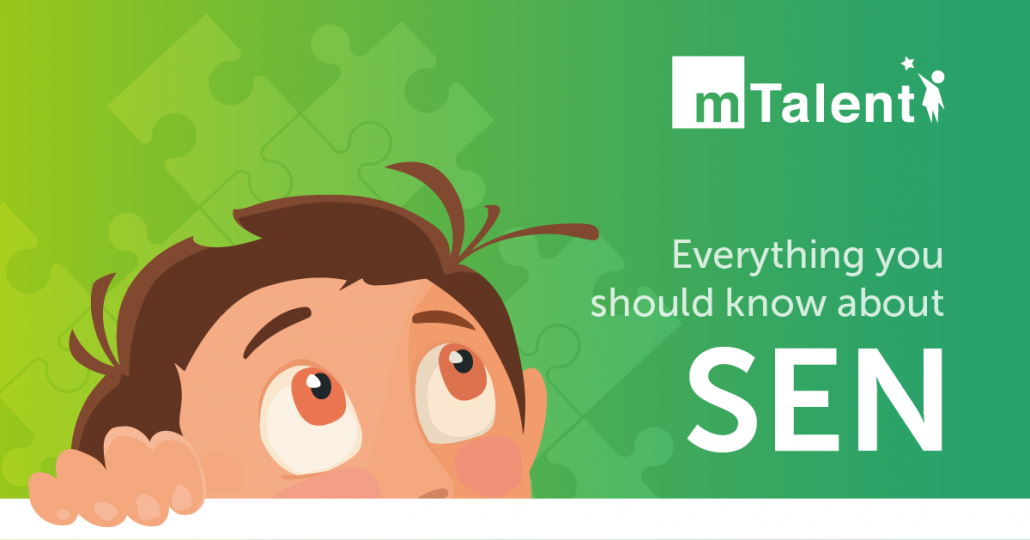The essence of SEN for educational publishers
This article will show you SEN from many perspectives. You will find how to support SEN children, their teachers and parents by adjusting your communication, approach and, above all, educational materials. You will understand the SEN mechanism that opens your mind to developing the potential of this unique group of students.
SEN – what hides behind those three letters?
Educational Technology industry [abbr. EdTech] is full of abbreviations that aim to facilitate communication for people settled in the branch. One of the most recognizable and the most important is SEN. According to Oxford Learner’s Dictionary, SEN comes from Special Educational Needs and refers to the educational needs of children who have physical problems or difficulties in learning. You can also meet the abbreviation SEND which stands for special educational needs and disability. Although both terms are not the same (students with special educational needs do not necessarily have a disability and vice versa), there are many times used interchangeably.
It is worth mentioning that in the public area there are voices that the term “special” can be stigmatising. In such a case, this word is replaced with the words “individual” or “own” educational needs.
How does SEN appear in children?
Children requiring special treatment in the learning process can cover various educational difficulties. In this aspect, there are distinguished four broad areas, grouped in the following needs:

It’s important to note that every child can reveal different symptoms at different levels in different environments. Everyone needs a personal approach from teachers or tutors. When students are assessed for special educational needs, it’s vital to find out how they learn and how they can be assisted to learn, and on that basis, adjust the choice of learning aid.
SEN from a law perspective
Every child, including those with special educational needs, has a right to an education that corresponds to their needs. A significant effort in this direction was made in 2006 when the United Nations adopted the Convention on the Rights of Persons with Disabilities (CRPD). It recognizes the right of all children and adults with disabilities to education on an equal basis with those students without disabilities. The Convention explicitly calls States Parties to “ensure an inclusive education system at all levels and lifelong learning” (United Nations, 2006, Art.24, par. 1). It is the base for developing the right to education under international law and currently, it brings positive changes in countries’ policies and laws.
SEN from parents’ perspective
Although SEN children are more recognizable, still, parents of children with special educational needs are often misunderstood and seen as difficult by professionals. Being a parent of special education students is more challenging, but those families want to live the same treatment and things as other families (S’lungile et al, 2015). They dream about discovering their children’s full potential, making them accepted and included with their peers and simply enjoying things together as a family (Baker & Fenning, 2007). To make it happen, children with SEN must receive appropriate support from family and from professionals who must recognise the value and expertise of their parents (S’lungile et al., 2015).
It is highly recommended that parents do exercises at home with their children by developing organisational and time management skills. The parents’ views and experiences play a crucial role in helping the child to develop. It makes a great space for parents to use ready-made educational materials for working individually with a child and be an extra value add for activities at school.
SEN from a student perspective
Students with special education needs require a different teaching approach than their peers to help them reach their full potential. The clue for their better development is to choose an appropriate school that learning methodology will suit their needs and abilities. In general, there are three types of educational organisations for SEN children:
- a mainstream class
The class or subject teacher has primary responsibility for the progress of all students in the class, including those with SEN. There is additional teaching support from a resource teacher. - a special class
Those in mainstream schools have small numbers of pupils, for example in the UK, a particular class with autistic spectrum disorder has one teacher for every six pupils. - a special school
The most complex school teaching SEN. It consists of all special classes differing from mainstream schools. Every class has a lower pupil-teacher ratio specified according to the category of disability. They provide professional support and guidance to SEN children, e.g., introducing the school’s SEN coordinator who is available to take day-to-day care of special education processes.
Do educational publishers need SEN materials in the offer?
Let’s have a look at some statistics. In November 2021 UNICEF’s most comprehensive statistical report was published. It reveals that around the world are nearly 240 million children with disabilities. The number may not frighten as much as children with disabilities are disadvantaged compared to children without disabilities. “This new research confirms what we already knew: Children with disabilities face multiple and often compounding challenges in realising their rights.” – said former UNICEF Executive Director Henrietta Fore – “From access to education to be read to at home; children with disabilities are less likely to be included or heard on almost every measure. All too often, children with disabilities are simply being left behind.” The crucial point of the report states that compared with children without disabilities, children with disabilities are:
- 42% less likely to have foundational reading and numeracy skills;
- 49% more likely to have never attended school;
- 47% more likely to be out of primary school, 33% more likely to be out of lower-secondary school and 27%more likely to be out of upper secondary school.
The report also touched upon the topic of access to education. It confirms previous evidence that children with disabilities are still falling behind. Through difficulties communicating and caring for themselves, SEN children are the most likely to be out of school, regardless of education level. Their out-of-school rate is higher among children with multiple disabilities. Disparities are more significant when the severity of the disability is taken into account.
“Inclusive education cannot be considered a luxury. For far too long, children with disabilities have been excluded from society in a way that no child ever should be. My lived experience as a woman with disabilities supports that statement.” – says Maria Alexandrova, a UNICEF youth advocate for inclusive education from Bulgaria.
In the USA, in 2020, the number of special education students was 7.3 million, or 14 percent of all public school students. In the United Kingdom in 2021, there were 1.4 million school pupils with SEN (16% of all pupils).
All the data shows how important it is to create a favourable environment for SEN children, to allow them to participate in the entire education system. It is crucial to create, share and develop new technology and adjusted products for special education needs. We can see a vast gap worldwide to fill with dedicated EdTech solutions and ready-made products.
Use ready-made SEN materials or adapt them to your language.
Instead of creating your own materials, there are many products that deliver high quality and are approved by international organisations and ministries of education. The leading tool of special education needed materials is mTalent – a series that supports the therapeutic process of speech therapy, revalidation and pedagogical classes. It consists of four products:
- Visual Perception (description, demo)
Over 600 interactive screens support the improvement and development of visual perception as well as attention focus based on the visual analyzer. It is designed for all learners, including children from corrective and teaching-compensatory classes aiming to develop visual perception.
This program was awarded the Special Prize in the BELMA 2019 competition.
- Auditory Perception (description, demo)
It provides exercises on the stimulation of suitable auditory functions and the selection of appropriate exercises for specific clinical profiles for people diagnosed with central auditory processing disorders.
The exercise sets in the program are designed to reflect the criteria of the American Speech and Hearing Society’s definition of central auditory processing disorder (CAPD) (ASHA, 1996).
- Autism: Understanding and Imitating Speech (description)
This program is adapted to all children with different levels of cognitive functioning, detailing the needs of children with pervasive developmental disorders. World-class experts developed it in cooperation with the Institute for Child Development (IWRD), which conducts therapeutic, educational, training, diagnostic and research activities.
- Difficulties In Handwriting (description, demo)
Specialised products are designed for diagnosis, prevention and therapy of dysgraphia as well as for writing practice and development of children’s fine motor skills.
All products are digital and supplemented with traditional teaching aids. They are designed for teachers and therapists needing advanced tools and comprehensive support in working with children with special needs in education and development. Each mTalent program consists of several equally important parts:
- truly interactive software
- a modern LMS platform for full control over the whole process and a set of valuable aids and technical equipment, enriching and facilitating therapeutic work.
 SEN mTalent programs come with specialized training, certified online conferences, technical and substantive support, access to our authoring tool and a library of additional free programs and resources. It is the only series recommended by the Polish Ministry of Education in the guide for teachers (a guide on good practice in remote and hybrid teaching).
SEN mTalent programs come with specialized training, certified online conferences, technical and substantive support, access to our authoring tool and a library of additional free programs and resources. It is the only series recommended by the Polish Ministry of Education in the guide for teachers (a guide on good practice in remote and hybrid teaching).
What makes SEN materials unique?
It may seem that the answer is easy and directly expressed in the name of educational needs. Digging a bit deeper, we notice that SEN materials are a fragile area of education that needs to be constructed in cooperation by many experts, from editors to psychological experts. There are also other key features of SEN products that testify an excellent quality:
- Products should rely on the latest research findings (e.g. M.Frostig & D. Horne method).
- The main content should be supplied with additional material, ex methodological guide.
- They must be consulted with practitioners, and the academic community and tested on children before publication.
- Should perform easy navigation, e.g., buttons should be designed with therapists (they may seem too big to you – they must be visible and understandable).
- The interface should allow choosing additional options, e.g. hide distractors after clicking a button, only the elements related to the exercise remain in the screen view, while all the rest, i.e.: panels, buttons, navigation, instructions, disappear under the panel. By using the same button, you can return to the page view.
All the above features stated the base for the development of our mTalent products.
The SEN tools allow teachers and tutors to have a more significant impact on students’ lives in many aspects. They make pupils more capable learners, socially adapted and share the same likes, and dreams as their peers. That is why the assistance of SEN materials does not indicate limits but is a bridge to connect them to complex life.





